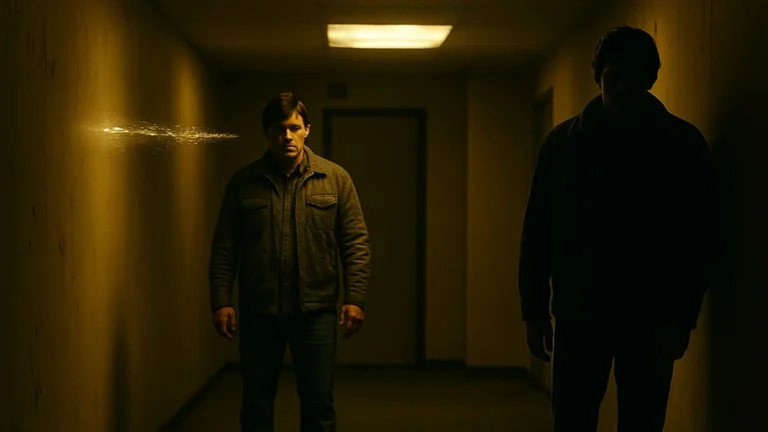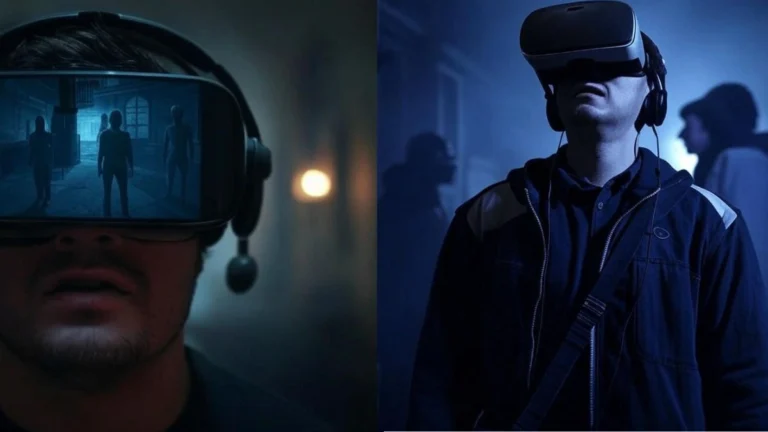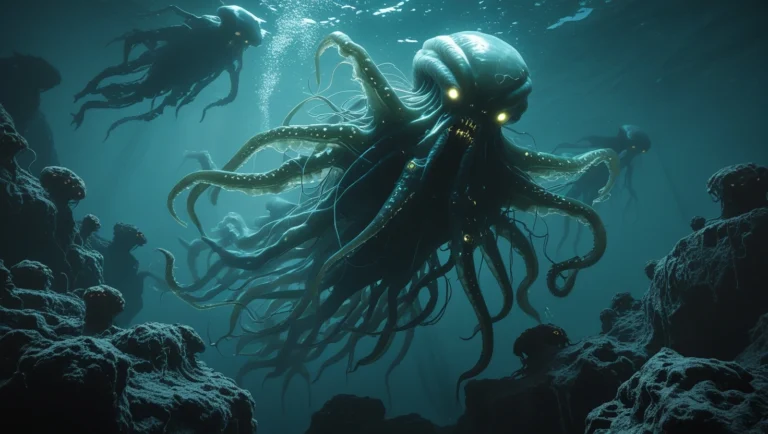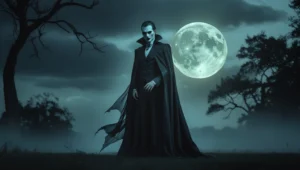The Loch Ness Monster (“Nessie”) is one of the world’s most enduring cryptid legends. For centuries, reports of a large, serpentine creature lurking in Scotland’s Loch Ness have fueled expeditions, hoaxes, and scientific debates. But is there any truth behind the myth? This guide examines the evidence, theories, and modern research to uncover the reality of Nessie.
1. The Legend of Nessie: A Brief History
- First Recorded Sighting (565 AD): St. Columba allegedly repelled a “water beast” in the River Ness.
- Modern Era (1933+): The legend exploded after a road was built along Loch Ness, enabling more sightings.
- Surgeon’s Photo (1934): The most famous image (later admitted to be a hoax).
🔹 Cultural Impact: Nessie is a global icon, generating $42M+ annually in Scottish tourism.
2. The Best “Evidence” for Nessie
Despite no definitive proof, some evidence remains unexplained:
A. Sonar Anomalies
- Operation Deepscan (1987): A fleet of boats with sonar detected large moving objects (but no clear images).
- 2011 & 2023 Sonar Hits: Unexplained deep-water readings, some suggesting a 10-20 ft. object.
B. Photographs & Videos
- Dinsdale Film (1960): A humped creature moving at ~10 mph (analyzed by RAF, deemed “not a boat”).
- Apple Maps Image (2023): A blurry, long shape spotted near the surface (likely a boat wake).
C. DNA Study (2019)
- University of Otago: Sampled Loch Ness water for environmental DNA (eDNA).
- Found no evidence of large unknown species.
- Most DNA matched eels, seals, and birds.
🔹 Conclusion: No plesiosaur, but giant eels remain a possibility.
3. Scientific Explanations for Nessie Sightings
A. Misidentifications
- Waves & Boat Wakes: Can resemble a “hump” or serpentine shape.
- Seals & Otters: Occasionally swim into the loch from the sea.
- Floating Logs/Driftwood: Decomposing wood can resurface, looking like a creature.
B. Geological Phenomena
- Seismic Gas Bubbles: Methane releases can create sudden water disturbances.
- Optical Illusions: Temperature inversions distort reflections.
C. Psychological Factors
- Pareidolia: Seeing patterns in random shapes (like “Nessie” in waves).
- Suggestibility: Expecting to see Nessie makes people interpret ordinary things as the monster.
4. Debunking Famous Nessie Hoaxes
- The Surgeon’s Photo (1934): Later confessed to be a toy submarine with a carved head.
- Fake Fossils (1970s): “Nessie bones” planted to trick researchers.
- CGI & Drones (2010s+): Modern hoaxes using digital editing.
🔹 Red Flags:
- Blurry images with no scale reference.
- “Witnesses” profiting from their claims.
5. Could Nessie Be Real? The Plausible Theories
A. Giant Eels
- Some scientists suggest oversized European eels (known to migrate to Loch Ness).
- Problem: No eel over 6 ft. has been documented in the loch.
B. Surviving Plesiosaur?
- The classic “dinosaur” theory—but:
- Loch Ness formed 10,000 years ago (too recent for Mesozoic reptiles).
- No fossil evidence in the region.
- Plesiosaurs needed to surface for air (would be seen more often).
C. Unknown Species?
- A large, undiscovered fish or amphibian?
- Issue: Loch Ness is nutrient-poor, making it hard to sustain a large predator.
6. How to Investigate Nessie Like a Pro
For Researchers:
- Use sonar & thermal drones to scan deep water.
- Monitor eDNA for unusual species.
- Set up 24/7 cameras at high-sighting zones.
For Tourists:
- Visit Urquhart Castle (hotspot for sightings).
- Take a boat tour with sonar.
- Check the Loch Ness Centre & Exhibition for updates.
Final Verdict: Myth or Mystery?
- No conclusive evidence supports Nessie’s existence.
- Most sightings have logical explanations (waves, animals, hoaxes).
- But… the loch is deep (755 ft.) and poorly explored—could something lurk below?
Do you believe in Nessie? Or is it just a fun legend? Share your thoughts!








